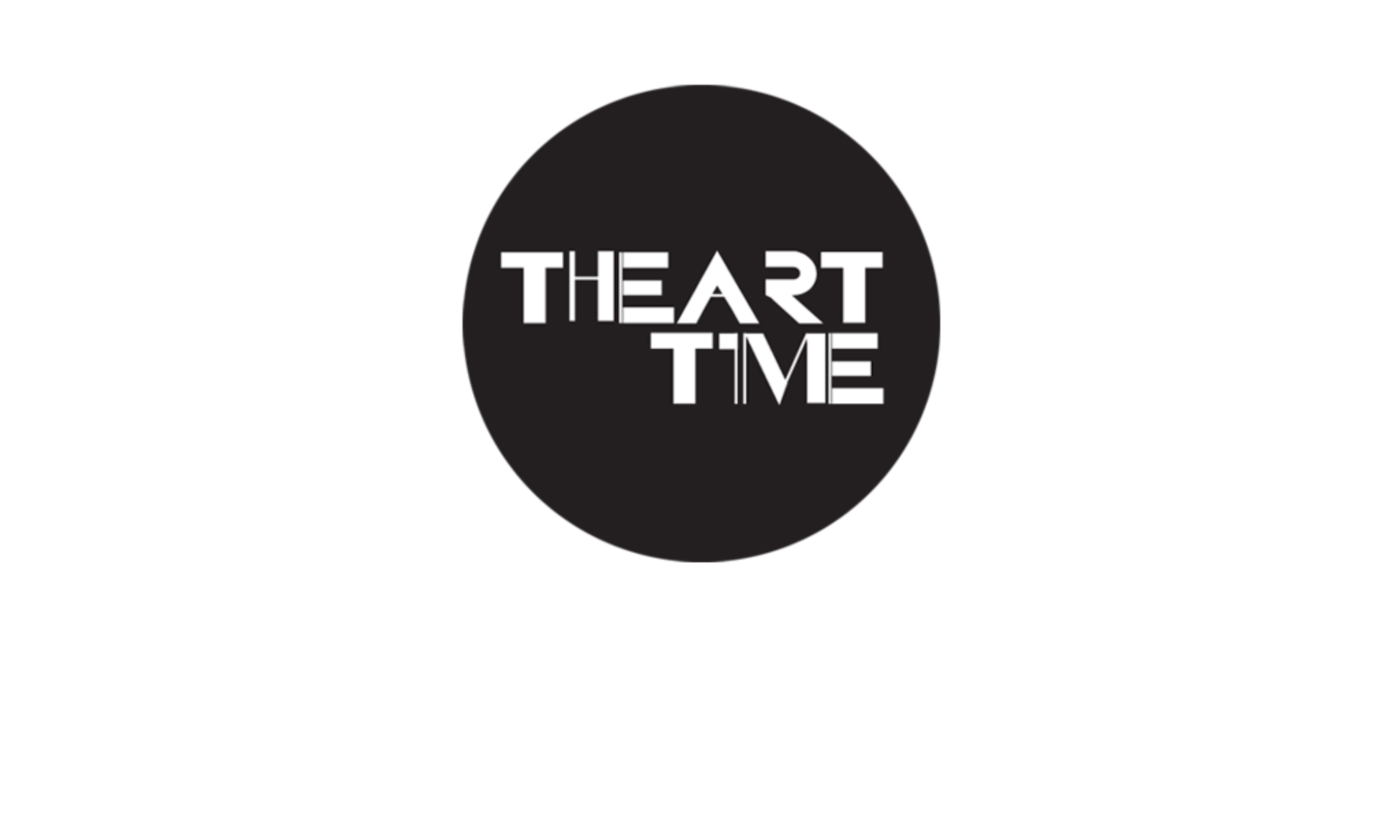-
Alighiero-Boetti.-Perfiloepersegno.-Exhibition-view-at-Palazzo-Mazzetti-Asti-2018.-Photo-©-Enzo-Bruno
The Foundation of the Cassa di Risparmio of Asti at Palazzo Mazzetti, a magnificent eighteenth-century palace, has organized the solo exhibition of Alighiero Boetti “Perfiloepersegno”, curated by the art historian Laura Cherubini in collaboration with Maria Federica Chiola, in 2018 .
Signs and threads are part of Boetti’s artistic grammar: signs as gestures but also as traces left behind, threads such as tapestries, embroideries from the beloved Afghanistan, so hippies and so ‘seventies’ to fascinate even today as some of the most folk, poetic and casual artworks of ‘Arte Povera’.
Sixty-five heterogeneous works unravel between the halls of the magnificent palace, united by the idea of art declared by Boetti: ‘you can use everything, to make art, without any hierarchy’.
Tapestries, the famous maps, embroideries, cardboard, rugs: a way of making anthropological, casual, material and spiritual art , because Boetti (Io and Boetti as he would say, well known for the work of the ego and its double) combines yin and yang as an experienced shaman in every artistic event.
The signs on the embroidery have a value that corresponds to the moment, in a transient time that sees them protagonists in the time when you read them, you live them, you internalize them. An inner time of duration à la Bergson and a being-in-time à la Heidegger (but also in space, better if boundless, like his unlikely geographies, to be discovered).
His tapestries have an ethnic’ trait d’union’ between East and West, like the gnawa scales of 70s music, and become conceptual banners of places for the soul, before physical geographies.
Finally, there were the lesser-known works by Boetti, those created via pen: with obsessive monologues composed of a rhythmic and repeated gesture, exasperating for the regularity of the act; a sort of eternal return of the pen sign, almost ritual.
The art according to Boetti
Art should be transformed into a continuous event according to Alighiero Boetti, in a manifestation of life in a pure state.
Boetti desires that his body in art is a flow and not a repetition, a static representation, a double immobile, but an incessant continuous creation.
This also in his tapestries and maps : signs of himself that blow the instant of the moment, and in the same an eternity, made of a certain taste for the ritual, like a guru without rules but from the iron rule to transgress all of them.
Life and art are connected by a current of energy, which gives space to dreams, imagination and freedom.
One often has the sensation with Boetti of being in the midst of a shamanic voodoo that becomes dynamic, ironic, transient but also eternal.
Things become and are transformed perpetually, the repetitions are circular rituals that eliminate the sense of stillness and tradition.
The cultural tradition of the tapestry becomes a game of hands, threads, stories of fabrics, in which the material, poor in fact, puts the accent on life and not on the eternity of traditional marbles.
A little like in the Venere degli Stracci (venus of the rags) by Michelangelo Pistoletto: a tribute to tradition (classical for Pistoletto, folk for Boetti), that is also transformed by the contact of poor materials (the rags used by the painter for Pistoletto, the threads of popular culture for Boetti).
The maps, the tapestries, the bodily traces (like Me while I take the sun in Turin, January 19, 1969) show themselves as behavioral archetypes, hic et nunc, free and often carefree game in grasping the Instant.

